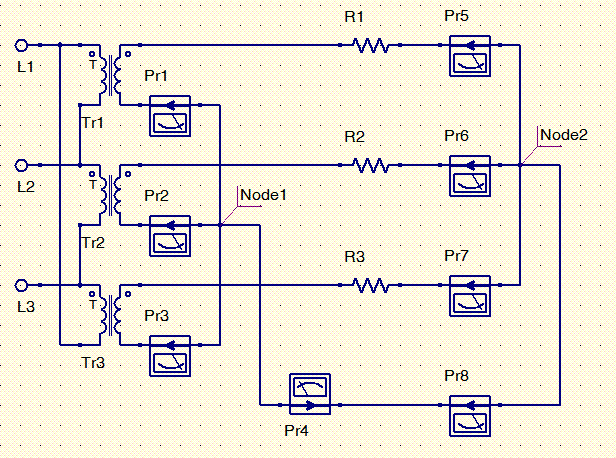chris kennedy
Senior Member
- Location
- Miami Fla.
- Occupation
- 60 yr old tool twisting electrician
You engineers can not even answer a simple question.
How does current flow in a circuit?
Completely
Finally! After a half dozen threads, a few years and thousands of post we have the answer to phasors, vectors and PF. Thanks Bob.
One more question, is there life after death?:roll:
Last edited:


